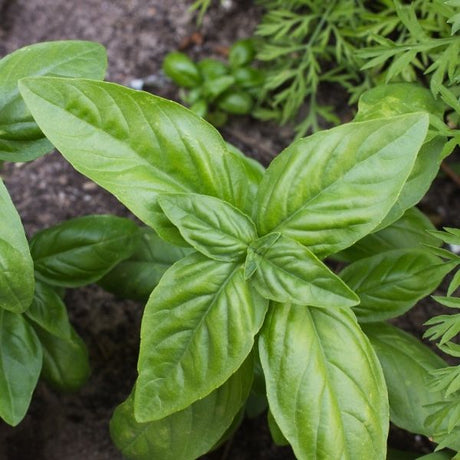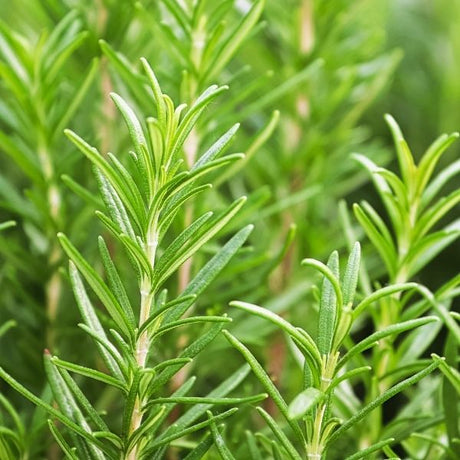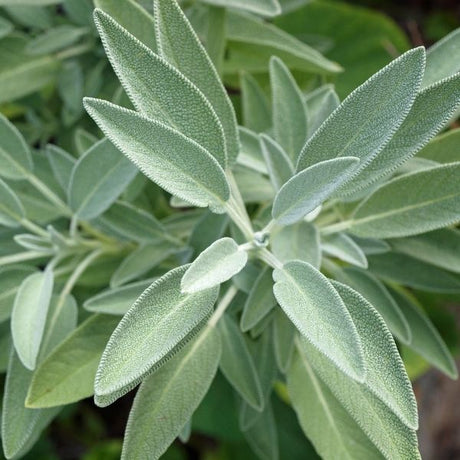- Regular price From $6999Unit price /Unavailable
- Regular price $4999Unit price /Unavailable
- Sold outRegular price $2999Unit price /Unavailable
- Sold outRegular price $4499Unit price /Unavailable
- Sold outRegular price $4499Unit price /Unavailable
- Sold outRegular price $4999Unit price /Unavailable
- Sold outRegular price $4499Unit price /Unavailable
- Sold outRegular price $3999Unit price /Unavailable
- Regular price $3999Unit price /Unavailable
- Sold out
Tall Dark & Traditional Oregano
Regular price $4499Unit price /Unavailable - Regular price $3999Unit price /Unavailable
- Sold outRegular price $3999Unit price /Unavailable
- Regular price $4999Unit price /Unavailable
- Sold out
Basil, Rosemary, and Sage 3 Herb Pack
Regular price $4999Unit price /Unavailable - Regular price $4999Unit price /Unavailable
- Regular price $4999Unit price /Unavailable
- Sold out
English Thyme, Parsley, and Oregano 3 Pack
Regular price $4999Unit price /Unavailable - Sold out
Parsley, Rosemary, and Basil 3 Pack
Regular price $4999Unit price /Unavailable - Sold out
Basil, Oregano, and Rosemary 3 Pack
Regular price $4999Unit price /Unavailable - Regular price $4999Unit price /Unavailable
- Regular price $4999Unit price /Unavailable
- Sold out
Oregano, Chives, and English Thyme 3 Pack
Regular price $4999Unit price /Unavailable - Regular price $3999Unit price /Unavailable
- Regular price $3999Unit price /Unavailable
- Sold outRegular price $1145Unit price /Unavailable
- Sold outRegular price $2494Unit price /Unavailable
Flavorful and Scented Herbs!
 Don't hide your herbs in the vegetable garden or use them as strictly Kitchen Garden additions! Today's newest Herbs and our favorite garden standards are fantastic edible landscaping plants!
Don't hide your herbs in the vegetable garden or use them as strictly Kitchen Garden additions! Today's newest Herbs and our favorite garden standards are fantastic edible landscaping plants!
Pollinator-friendly and gorgeous cut flower-worthy blooms, today's Herb selection includes ornamentals, enhanced sizes, and forms, and heightened aromatics to improve your garden experience, flavor, and healthful benefits!
Go beyond the herb or vegetable garden and plant Herbs anywhere! Herbs are fantastic easy-to-grow annuals and perennials that enhance your world indoors and out! Check out the amazing varieties available at Nature Hills:
- Basil
- Cilantro
- Chives
- Dill
- Epazote
- Fennel
- Garlic bulbs
- Lavender
- Lemon Grass
- Mint, Peppermint & Spearmint
- Oregano
- Parsely
- Rosemary
- Common Thyme & English Thyme
- Sage & Pineapple Sage
Herbs in the Landscape
Herbs not only look great but also flavor and perfume your world!
Flavoring and accenting drinks, baked goods, salads, as garnish, enhancing vegetables, and spicing up main dishes, Herbs are essential to turn a meal from ho-hum to an elegant affair!
- Herbs are fantastic for bringing in butterflies and beneficial pollinators
- Herbs attract Ladybugs, dragonflies, and other beneficial insects
- Companion plants - aromatic foliage drives away pests and keeps mosquitoes away
- Great edging and filler
- Filling in the gaps between plants - Creeping forms are living mulch or groundcover
- Fill Rock Gardens with Xeric Rosemary, Lavender, and Oregano
- Tall Herbs dress up the back of the border and fill out Cottage gardens
- Dill or Parsley plants are host plants for the caterpillars butterflies and other larvae!
- Anise Hyssops, Pineapple Sage, and Chive flowers even attract hummingbirds!
- Sensory garden plants are fragrant and flavorful from top to bottom like Mint and Sage!
- Can be brought indoors for the winter or grown indoors year-round
- The flowers and foliage are beautiful as cut flowers in bouquets
You don't even need a yard to enjoy these space-saving aromatic beauties! Any sunny porch, balcony, terrace, seating area planter, or window box can house plenty of Herbs! You just need some sun!
Bring in the last Herbs as houseplants for the winter, or harvest the entire plant before a frost and dry them is a great way to preserve your harvest and extend the enjoyment of the garden all winter!
Gather bundles of the plant and tie them into little bouquets. Hang them upside down as kitchen decorations that can be used as a seasoning, or use the dried flowers and stems in botanical bouquets and wreaths.
Herbs are easy-to-grow gift plants that anyone will enjoy receiving!
Easy To Grow Herbs!
 The best location to grow Herbs outdoors is anywhere in the garden that has at least 6 hours of sunlight. Because these plants do most of their growth cycle in a single growing season, highly fertile and enriched well-drained soil with consistent moisture supports their vigorous growth.
The best location to grow Herbs outdoors is anywhere in the garden that has at least 6 hours of sunlight. Because these plants do most of their growth cycle in a single growing season, highly fertile and enriched well-drained soil with consistent moisture supports their vigorous growth.
Indoor grown Herbs need all day, bright but indirect sunlight, and very close attention to moisture levels.
- Full Sun (a few handle part shade)
- Well-drained soil - Never soggy
- Enriched, highly organic medium & regular fertility
- Regular moisture needs
- Pinch back or carefully harvest plants for increased branching and keep them bushy
- Cut back most Herbaceous annual and hardy perennial Herbs in autumn (or bring them indoors before frost)
Scented, Flavorful & Double-Duty Herbs!
It's time to think outside the vegetable garden and use Herbs everywhere! These flavorful, aromatic, and beautiful plants deserve to be in your home's spotlight! Check out all the amazing flowering Herbs, convenient 3-Pack Herbs, and many unique varieties available at Nature Hills!
FAQS for Buying Herbs Online
What are the best herbs to grow at home for cooking and fragrance?
What are the best herbs to grow at home for cooking and fragrance?
Some of the most popular and flavorful herbs for home gardens include Basil, Rosemary, Thyme, Sage, Mint, Oregano, and Chives. These herbs are not only delicious but also highly aromatic, making them perfect for seasoning food, infusing drinks, and adding fragrance to garden beds or container arrangements.
Can herbs be used in landscaping, not just vegetable gardens?
Can herbs be used in landscaping, not just vegetable gardens?
Absolutely! Today’s herbs are multi-purpose plants that enhance edible landscapes, rock gardens, cottage gardens, and sensory spaces. Use creeping varieties like Thyme as living mulch, or tall herbs like Dill and Lavender as back-of-the-border focal points. Many herbs like Sage and Anise Hyssop even attract pollinators and hummingbirds!
Which herbs grow well in containers or small spaces?
Which herbs grow well in containers or small spaces?
Many herbs are ideal for container gardening, including Parsley, Mint, Cilantro, Basil, and Lemongrass. With just 6+ hours of sunlight and well-drained soil, you can grow herbs in window boxes, planters, balconies, or kitchen windowsills. They're perfect for renters, apartment dwellers, and those with limited space.
How do I care for herbs indoors during winter?
How do I care for herbs indoors during winter?
Herbs can thrive indoors when given bright, indirect sunlight or supplemental grow lights. Keep the soil lightly moist but never soggy. Prune regularly to encourage bushy growth, and increase humidity with misting or a tray of water nearby. Mint, Chives, and Rosemary are excellent herbs for indoor winter growing.
Do herbs attract pollinators and beneficial insects?
Do herbs attract pollinators and beneficial insects?
Yes! Many herbs produce nectar-rich flowers that draw in bees, butterflies, hummingbirds, and even ladybugs and dragonflies. Herbs like Lavender, Dill, Fennel, and Pineapple Sage are top choices for pollinator gardens and make a stunning addition to cut flower bouquets, too.



































































